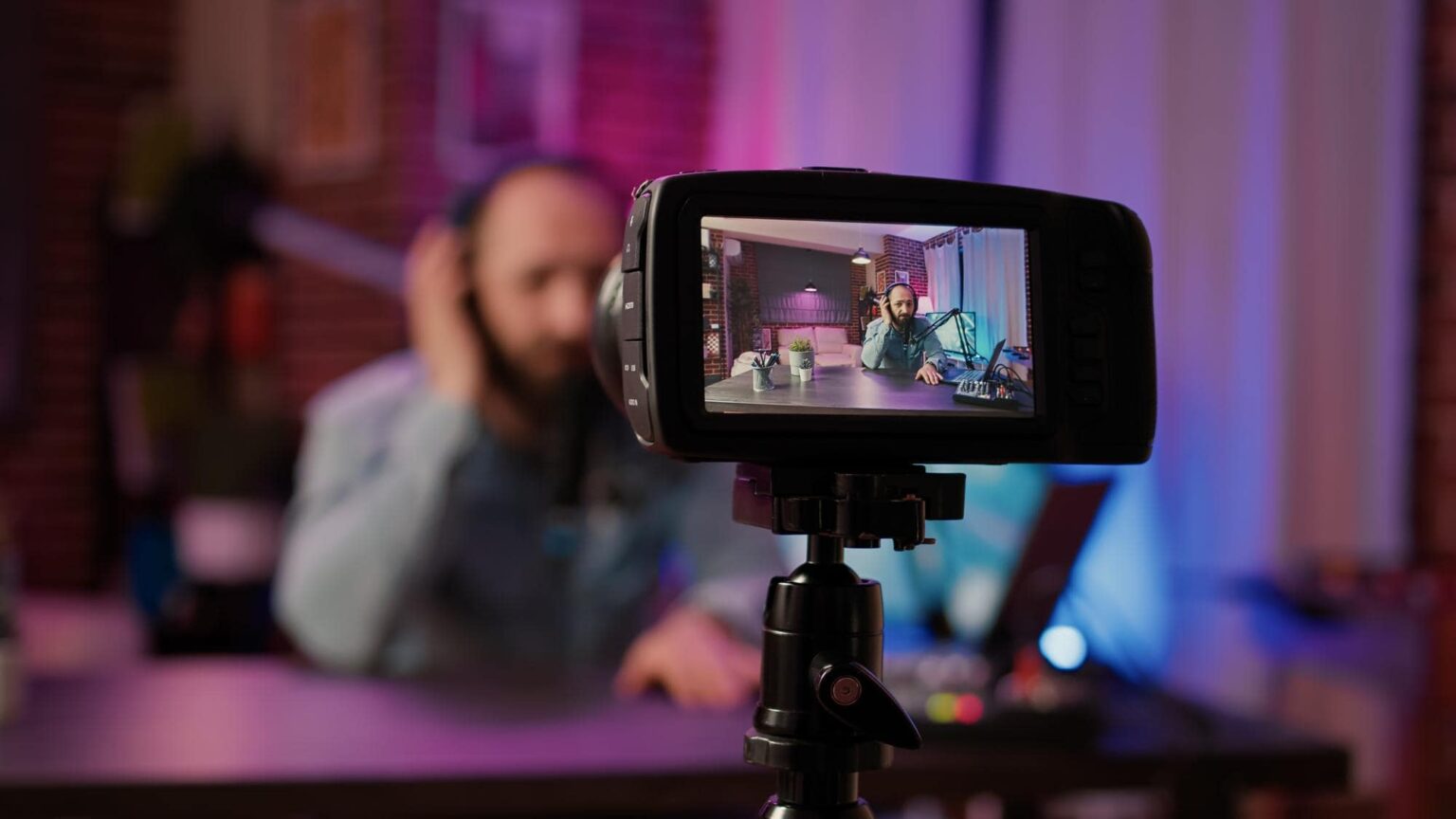Live streaming and interactive broadcasting have revolutionized the way audiences engage with content by providing real-time and interactive experiences. These technologies enable individuals and organizations to broadcast live events, performances, discussions, and presentations to a global audience, fostering greater participation and engagement.
Live streaming allows content creators to transmit live video and audio feeds over the internet, making it accessible to viewers in real-time. Platforms such as YouTube Live, Facebook Live, Twitch, and Instagram Live have popularized live streaming, enabling individuals and organizations to reach large audiences without the need for traditional broadcasting infrastructure.
Interactive broadcasting takes live streaming a step further by incorporating interactive elements that allow audiences to actively participate and engage with the content. These interactive features may include live chat, real-time polls, Q&A sessions, and audience participation through comments and reactions. By facilitating two-way communication, interactive broadcasting fosters a sense of community and engagement among viewers.
One of the key advantages of live streaming and interactive broadcasting is the ability to reach a broader and more diverse audience. Geographical barriers are eliminated, allowing people from around the world to access and engage with live content. This has opened up opportunities for individuals, content creators, and businesses to connect with global audiences and expand their reach.
These technologies have also transformed the entertainment industry by enabling live concerts, sporting events, gaming tournaments, and other performances to be streamed directly to viewers’ devices. Audiences can experience the excitement and atmosphere of live events from the comfort of their homes, increasing accessibility and participation.
Furthermore, live streaming and interactive broadcasting have been widely utilized for educational and informational purposes. Educational institutions, conferences, and businesses use these technologies to deliver lectures, workshops, and presentations remotely. Viewers can ask questions, participate in discussions, and engage with speakers and presenters in real-time, creating an interactive and collaborative learning environment.
Live streaming and interactive broadcasting have also had a significant impact on social activism, allowing individuals and organizations to amplify their voices and share important messages with a wider audience. Protests, rallies, and social campaigns can be streamed live, providing real-time updates and fostering community engagement and support.
However, it is important to consider the potential challenges of live streaming and interactive broadcasting, such as ensuring content moderation, managing bandwidth and connectivity issues, and addressing privacy and security concerns.
In summary, live streaming and interactive broadcasting have transformed the way audiences engage with content by providing real-time and interactive experiences. They have expanded access to live events, facilitated global connections, fostered audience participation, and enhanced learning and information sharing. As these technologies continue to evolve, the opportunities for engaging audiences in real-time will continue to grow, reshaping the landscape of content consumption and audience interaction.



